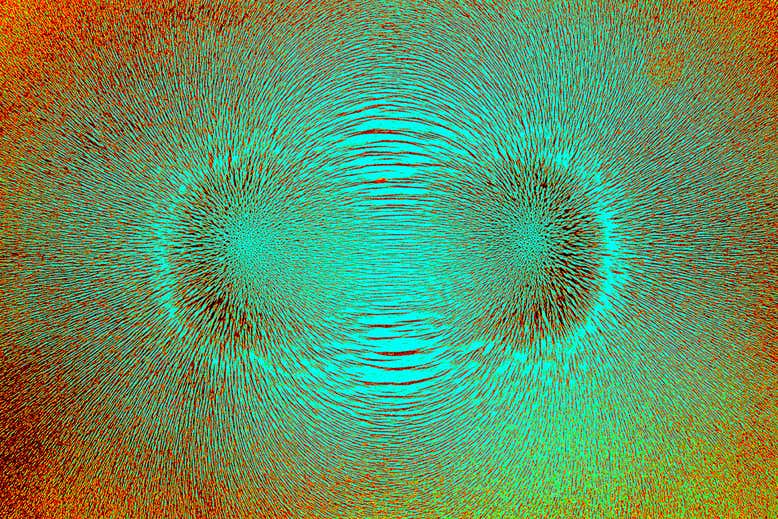Exotic super magnets
ONE April night in 1820, the Danish experimentalist Hans Christian Øersted made a remarkable discovery. By bringing an electrical wire near a compass lying on his workbench, he found its needle could be made to shiver and dance. Whether a lucky accident or an inspired bit of experimentation, that moment cemented Øersted’s reputation. What he had discovered was that electricity and magnetism, long thought to be entirely distinct phenomena, were in fact inextricably linked.
Two hundred years later, this connection powers our world. Moving magnets give rise to electric fields, driving generators in, for example, hydroelectric dams and wind turbines. Flowing electric currents in turn give rise to magnetic fields, such as those used in MRI scanners and particle accelerators like the Large Hadron Collider at CERN. But this symbiosis has its limits. Until recently, it was thought to be impossible to produce a single material that could possess a permanent magnetic field and electric field at the same time.
Then, one day in 1998, a researcher at Yale University named Nicola Spaldin asked a deceptively simple question. Why?
“It was a question that really no one was asking, or had thought to ask before,” says Spaldin.
